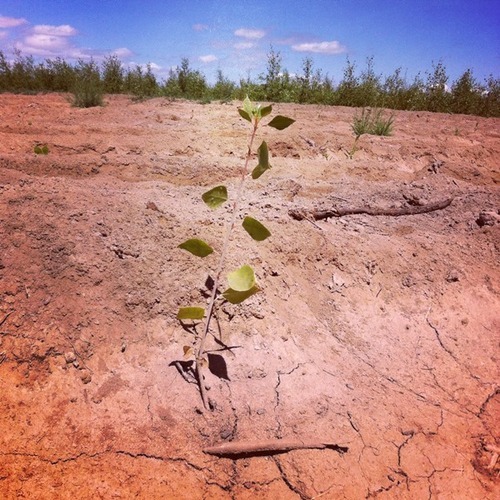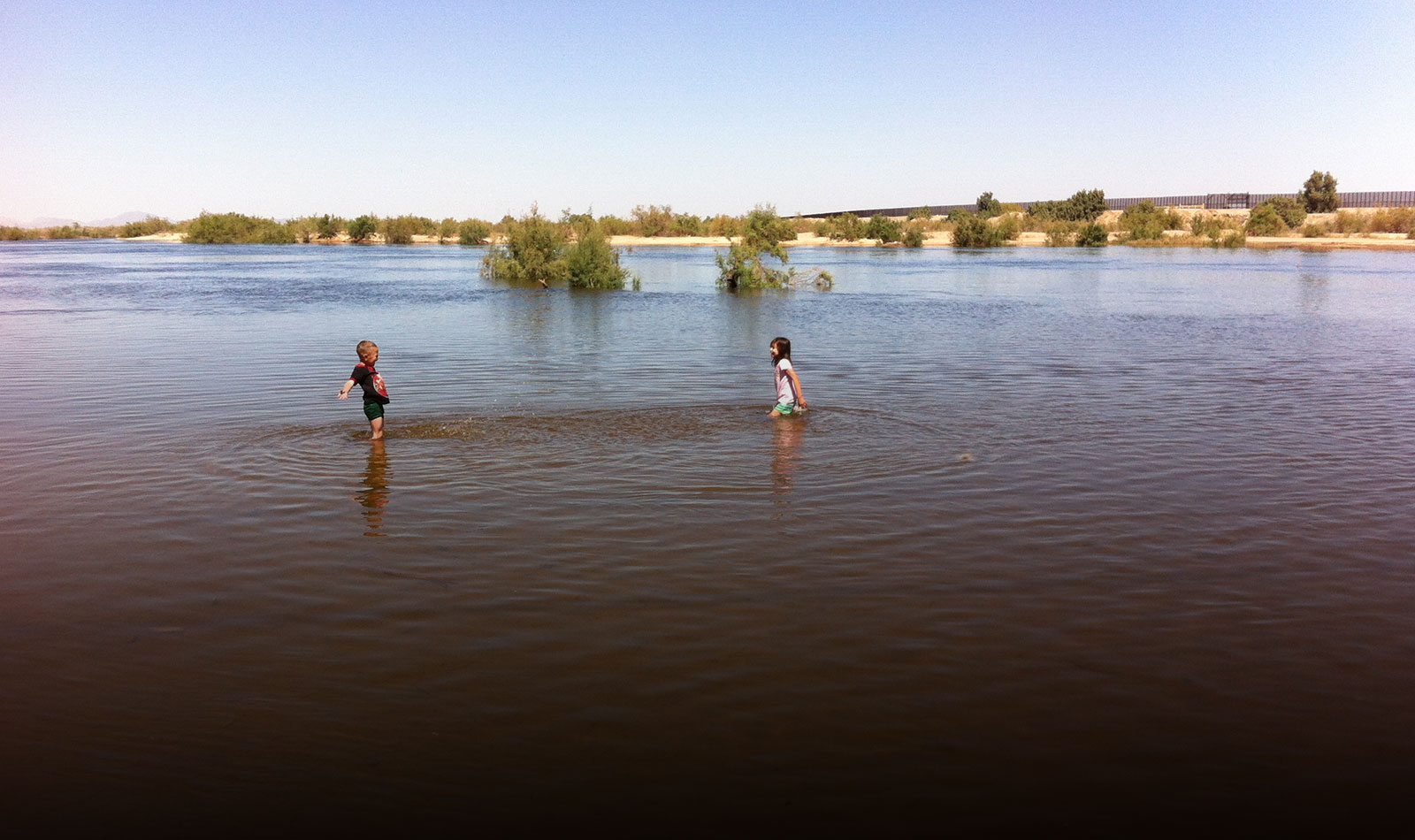This is the fourth blog in a 5-part series on the Colorado River pulse flow, written by Cesar Angulo, an environmental journalist in Mexico, and commissioned by Environmental Defense Fund. Read Parts 1, 2 and 3.
In the last stretch before reaching the Gulf of California, the Colorado River divides two of the most productive agricultural valleys of Northwestern Mexico: the San Luis Valley on the left bank and the Mexicali Valley on the right bank.
These valleys have nutrient rich soil resulting from the transportation of sediments to the low lands that were formerly flooded by the Colorado River, which together with the diverted river water for irrigation has led to a rich agricultural region that is central to the local economy.
Farmers and water managers in this region understand that the pulse flow will bring direct and positive benefits to the agricultural sector.

José Fidencio Gonzalez Arroyo is the chairman of Irrigation Module No. 22 in the San Luis Valley, an extensive agricultural area that has served the region since the early part of the last century, producing wheat, cotton and vegetables. It also has thousands of acres of date palm plantations.
Arroyo Gonzalez is a native farmer in this valley and remembers the last major flood of the Colorado River decades ago. Since then, the volume of water running freely in the delta has been reduced to nothing.
Due to the lack of water in the lower Colorado River, Arroyo Gonzalez says, the vegetation and riparian ecosystem has suffered.
But in recent years, a new partnership has been developed among farmers, water managers, and conservation groups to restore the the delta ecosystem.
Arroyo Gonzalez explains that his irrigation module is responsible for providing water for restoration projects that have irrigation rights, such as the Laguna Grande project and the CILA site, where thousands of trees have been planted with the purpose of ecological restoration.

According to Arroyo Gonzalez, these reforestation projects have a very positive effect on agricultural areas by helping to reduce high temperatures, as well as recharging aquifers used by the agricultural sector. However, he recognizes that there is still a lack of information among farmers about the restoration projects and their extended benefits on the farming community.
There is even some doubt among farmers about where the water for the pulse flow comes from, and if it is the best use of water, especially since the demand for water in the region is so high. Some believe that the first priority should be to irrigate land to produce food, and deliveries for ecological purposes should be secondary.
Alfonso Rubio Russel is another irrigation chariman in the San Luis agricultural valley. He said that one of the main purposes of the pulse flow and accompanying base flow is to help recharge aquifers which in turn will promote the extraction of water in deep wells for agricultural use.
The pulse flow, he stressed, will help to create microclimates in areas near the river and will benefit the vegetation, even if only temporarily.
“The pulse flow is a good idea, but it will hardly restore a river that has suffered a lack of water for years,” he said.
Chairman Russel said that it is precisely because of the ever-increasing demand for water that we must take care of it.
“We would like to see the Colorado River as it was before,” he said. But to do that, “we must be in harmony with nature.”

